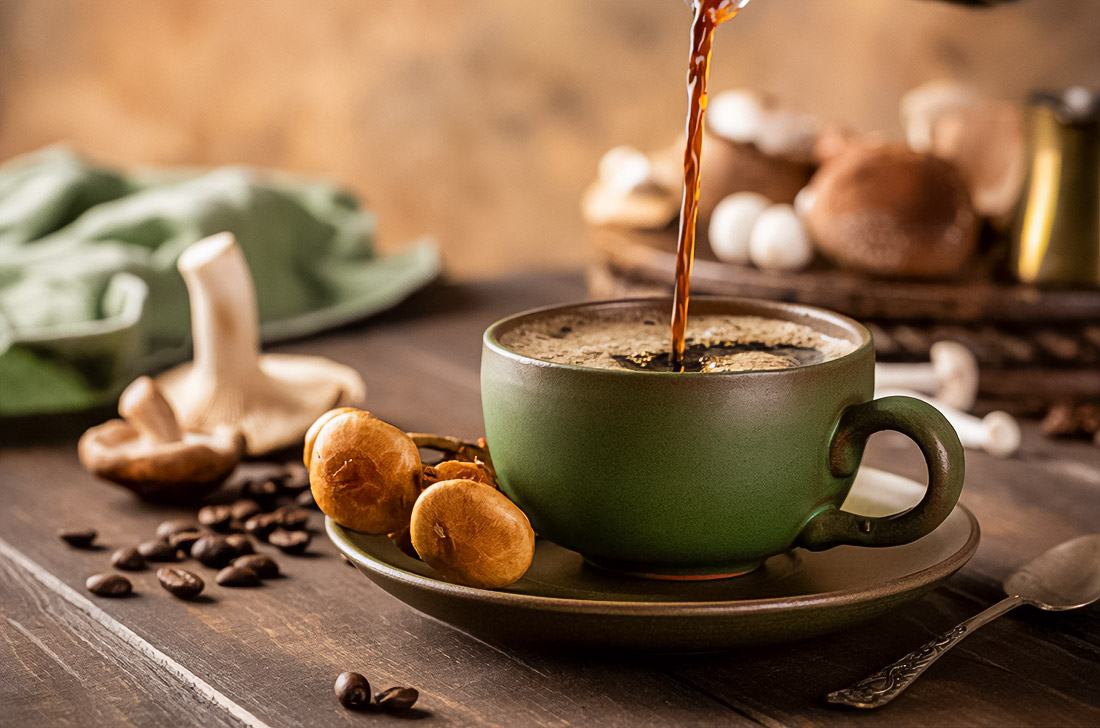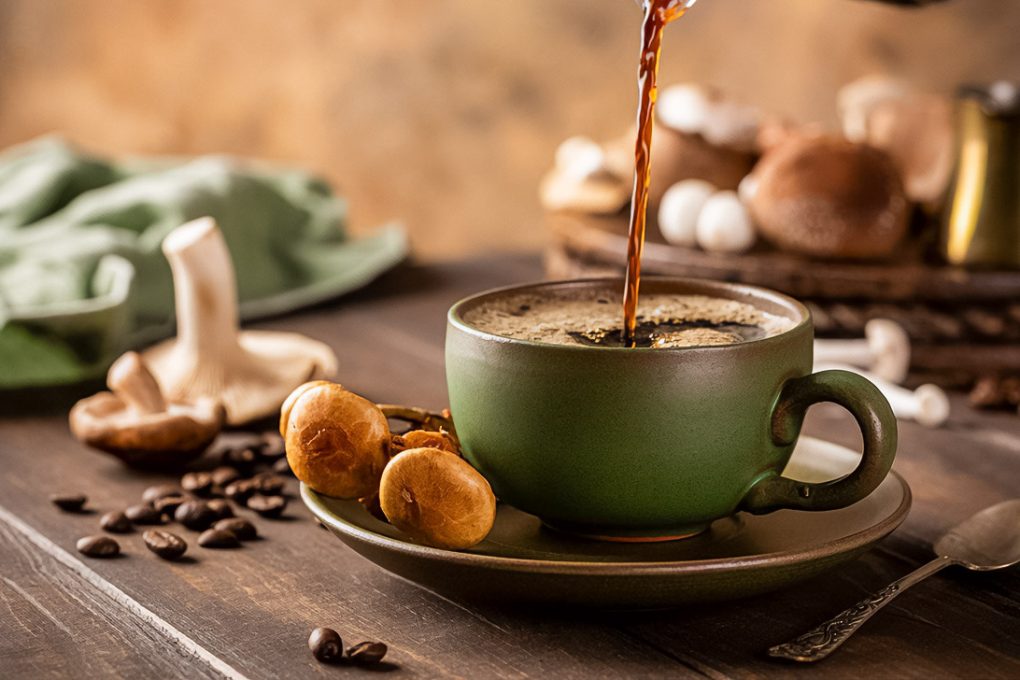Sencha is a green tea made from tea leaves growing in the open sun. Immediately after harvesting, the leaves are steamed. It is important not to miss the moment — 15-20 seconds is enough to stop the oxidation process and preserve the saturated green color. After that, the leaves are twisted, dried and shaped into needles. This process gives sencha its characteristic herbal aroma and refreshing taste.
Production and processing: from leaves to cup
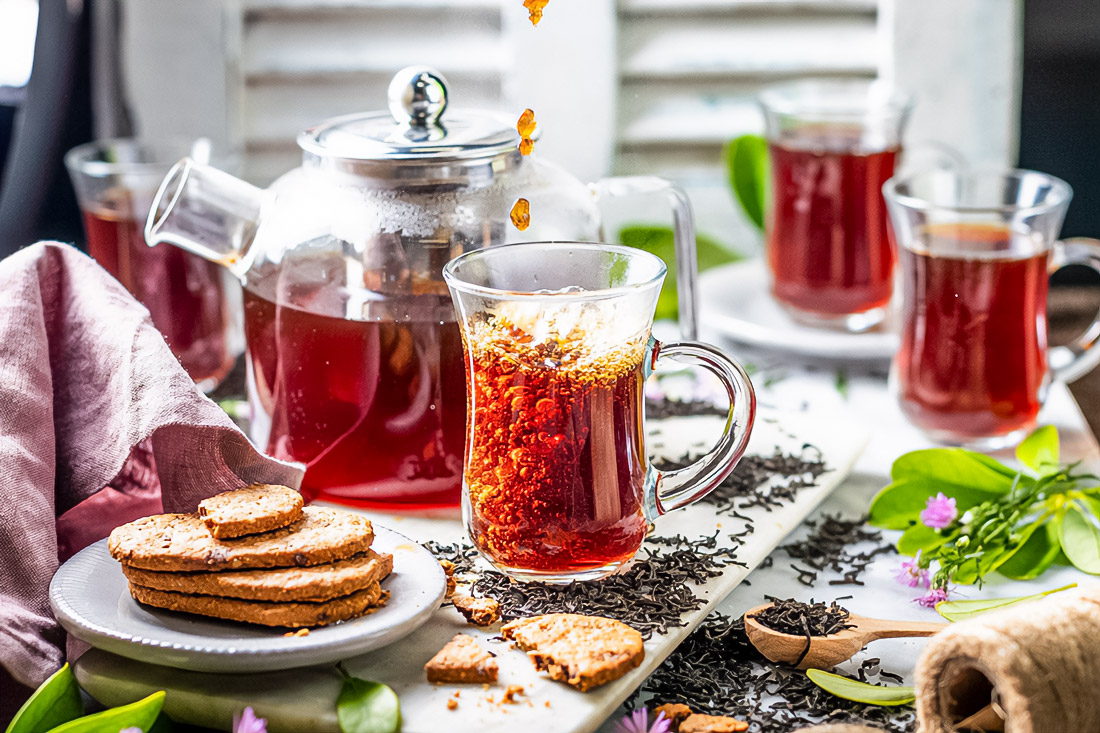
Matcha is a completely different story. Shading is the key step that defines the whole essence of this drink. 20 days before harvesting, tea bushes are covered with a dense coating to slow down photosynthesis. The leaves accumulate amino acids, L-theanine, and chlorophyll. After harvesting, the stems and veins are removed from them. They’re drying it. And only then are they ground into powder on stone millstones. One cup of matcha contains 137 times more antioxidants than regular green tea.
Brewing and taste: simplicity and depth
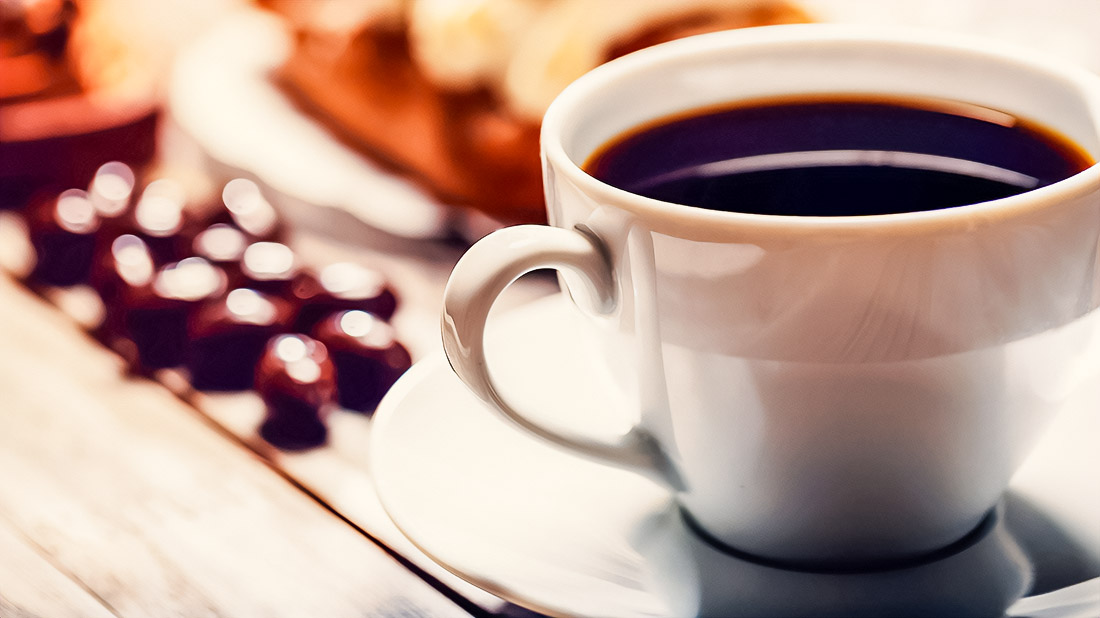
Brewing sencha is a whole science. The water should be warm, but not hot — 50-80 degrees. 4.5 g of tea is taken for 355 ml of water. Brewing time? Only 15-30 seconds. Yes, that’s right. The longer you insist, the stronger the tartness and bitterness. Sencha is a sweet, herbal, slightly umami drink that perfectly invigorates and refreshes.
But matcha is a different world. This is not brewing, but whipping. To do this, use a special bamboo whisk — chasen. Matcha powder and water (80 degrees) are mixed to form a thick foam. The time is 20-30 seconds. The foam should be smooth, without lumps, with small bubbles. The taste of matcha is a concentrate of umami, sweetness and earthy notes.
Composition and benefits: the power of antioxidants and amino acids
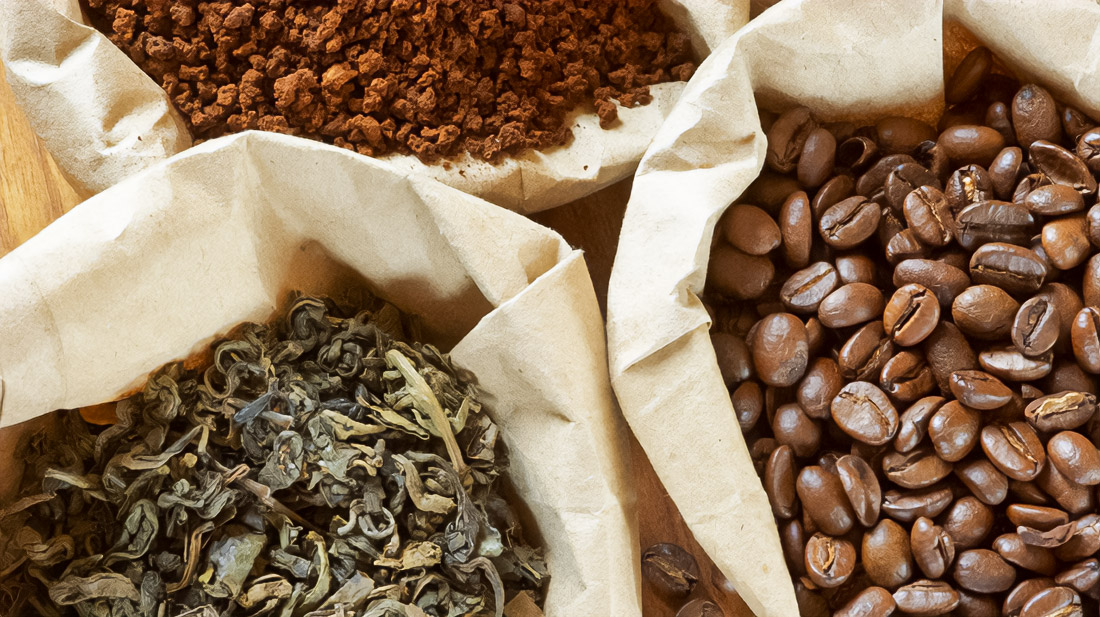
Why is matcha a superfood? The thing is that this powdered tea contains the full range of useful substances that remain in the leaf after grinding. Epigallocatechin gallate (EGCG), catechins, and theanine are all much more abundant in a cup of matcha than in other types of green tea. A study by the University of Colorado in 2003 showed that there are 137 times more antioxidants in matcha than in regular green tea.
Sencha is also a source of antioxidants, but in a milder form. One cup contains up to 75 mg of caffeine. 5 cups contain the daily value of vitamin C. Sencha is great for waking up in the morning. It invigorates, refreshes, saturates with energy and does not cause sudden pressure surges.
What should I choose: matcha or sencha?
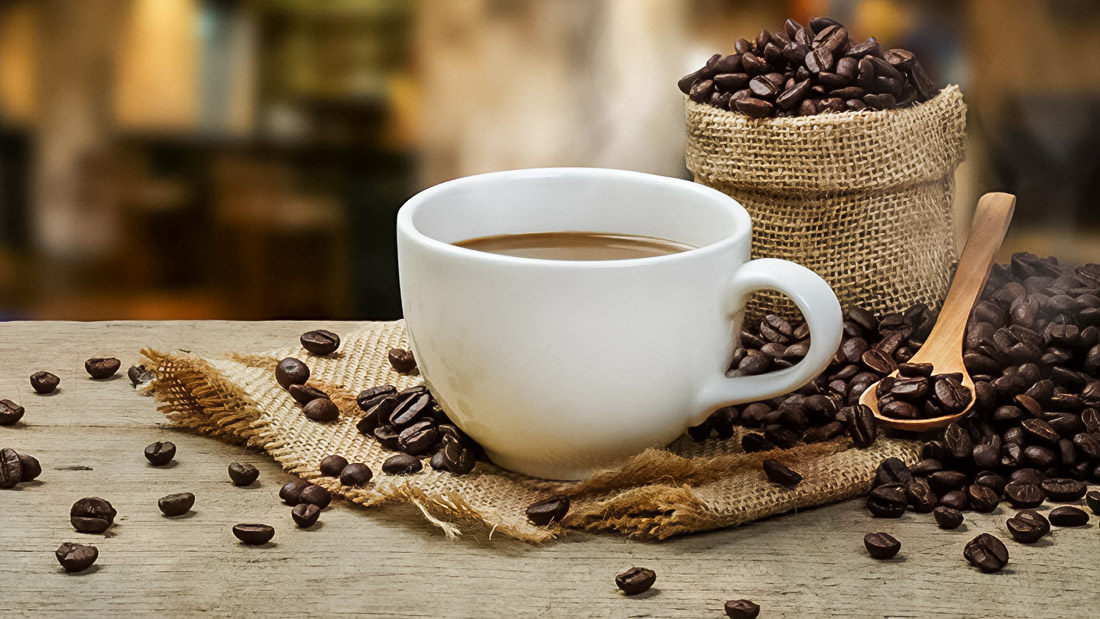
Organic Matcha is a concentration of benefits, a real antioxidant bomb. The powder form allows you to consume all the substances of the leaf, including those that do not dissolve in water. If the goal is maximum benefit and instant energy, choose a match.
Sencha is a lighter, refreshing drink that invigorates gently and gradually. It is ideal for those who appreciate the traditional flavors of Japanese tea and want to enjoy the brewing process.
Facts and figures: memorize so you don’t forget
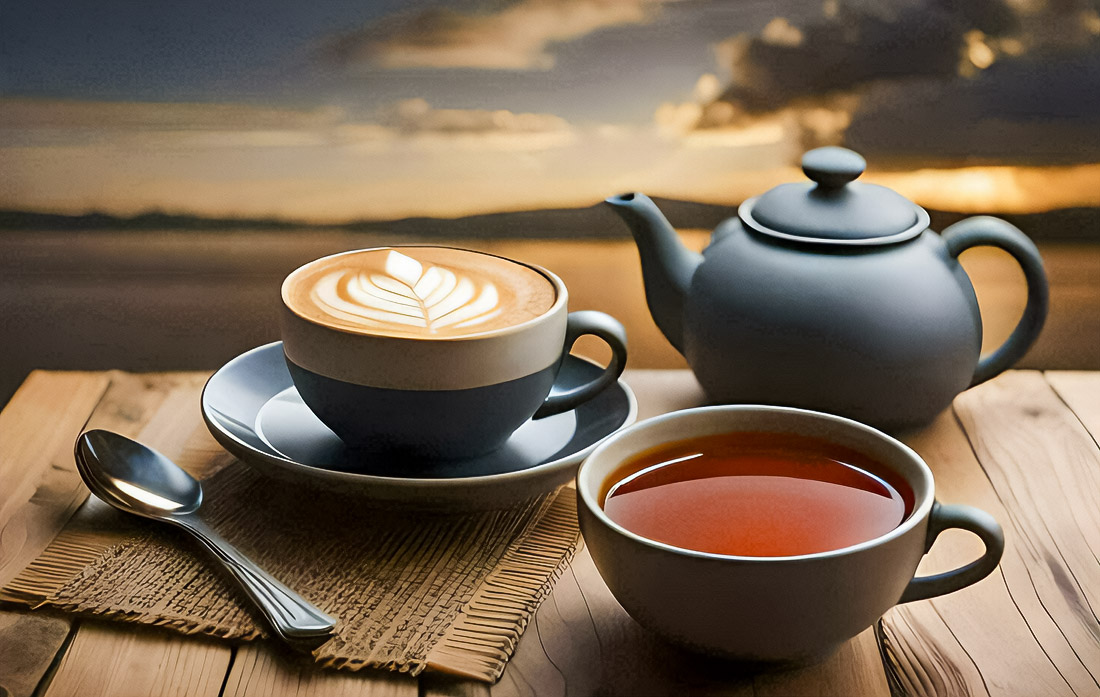
- 20 days is how long the shading of a match lasts.
- 137 times more antioxidants in matcha compared to regular green tea.
- 75 mg is the maximum amount of caffeine in one cup of sencha.
- 5 times more L—theanine in matcha compared to other types of green tea.
- 355 ml is the optimal volume of water for brewing sencha.
Conclusion: the philosophy of Japanese tea
Matcha and sencha are two different worlds, two different rituals, two different cultures. Sencha is a morning tea that invigorates and refreshes. Matcha is meditation in a cup, concentration of benefits and energy. Both drinks carry the essence of Japanese tea culture, where not only taste and aroma are important, but also the cooking process itself. Try both and find your way in the world of Japanese green tea.
Baseball fan, hustler, DJ, Bauhaus fan and identity designer. Producing at the crossroads of design and purpose to give life to your brand. I sometimes make random things with friends.
